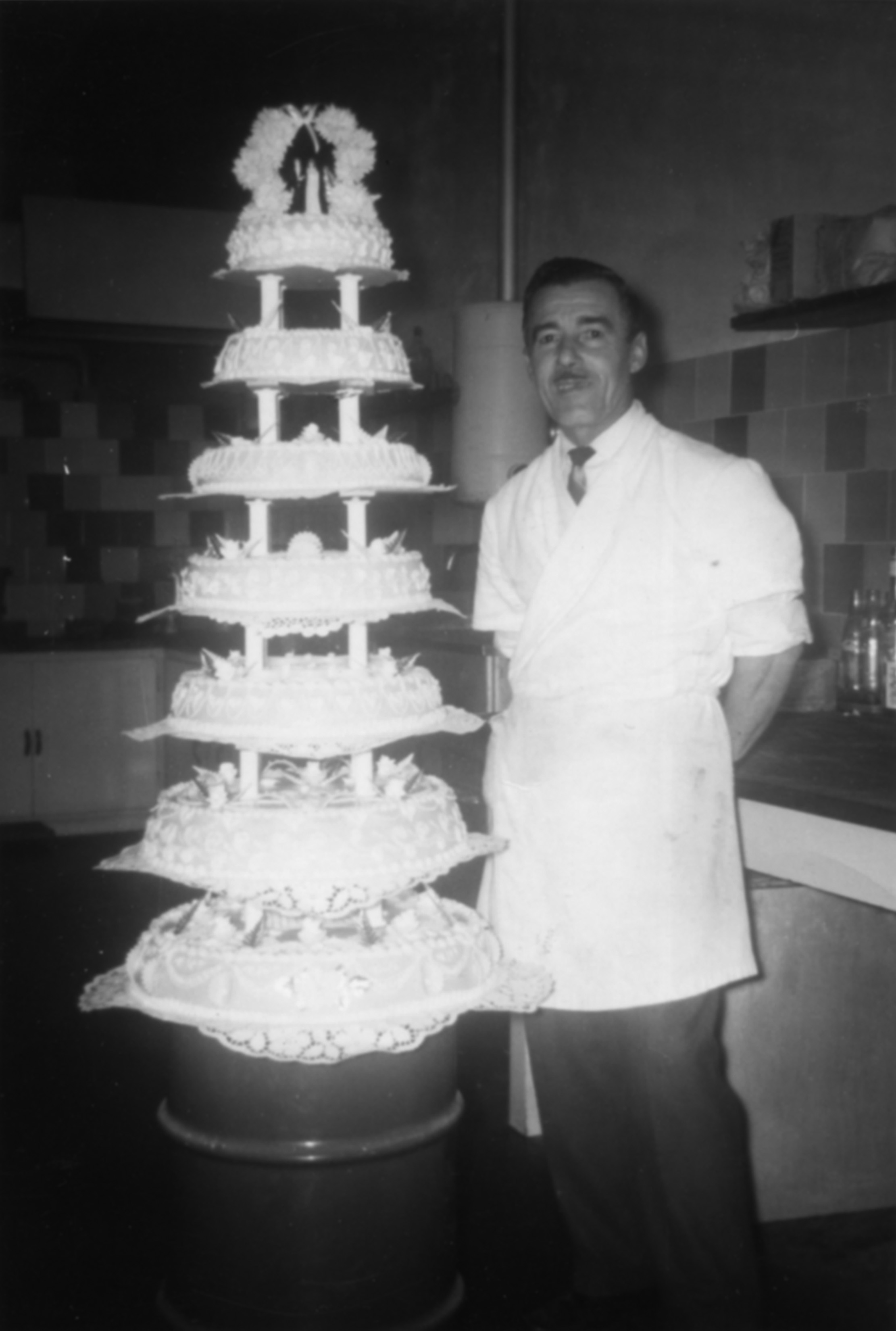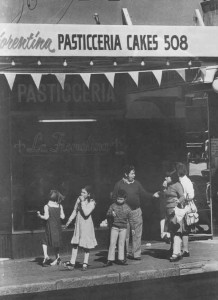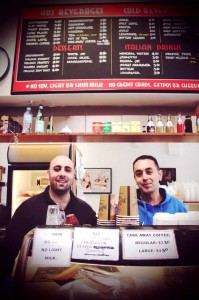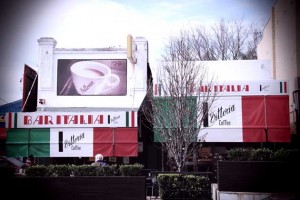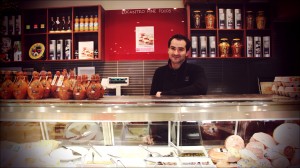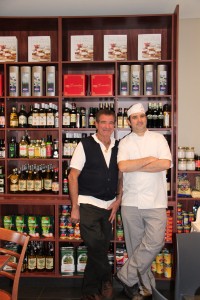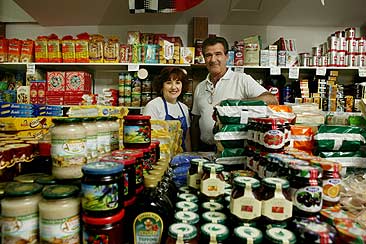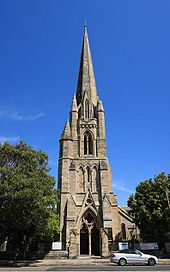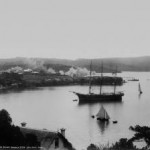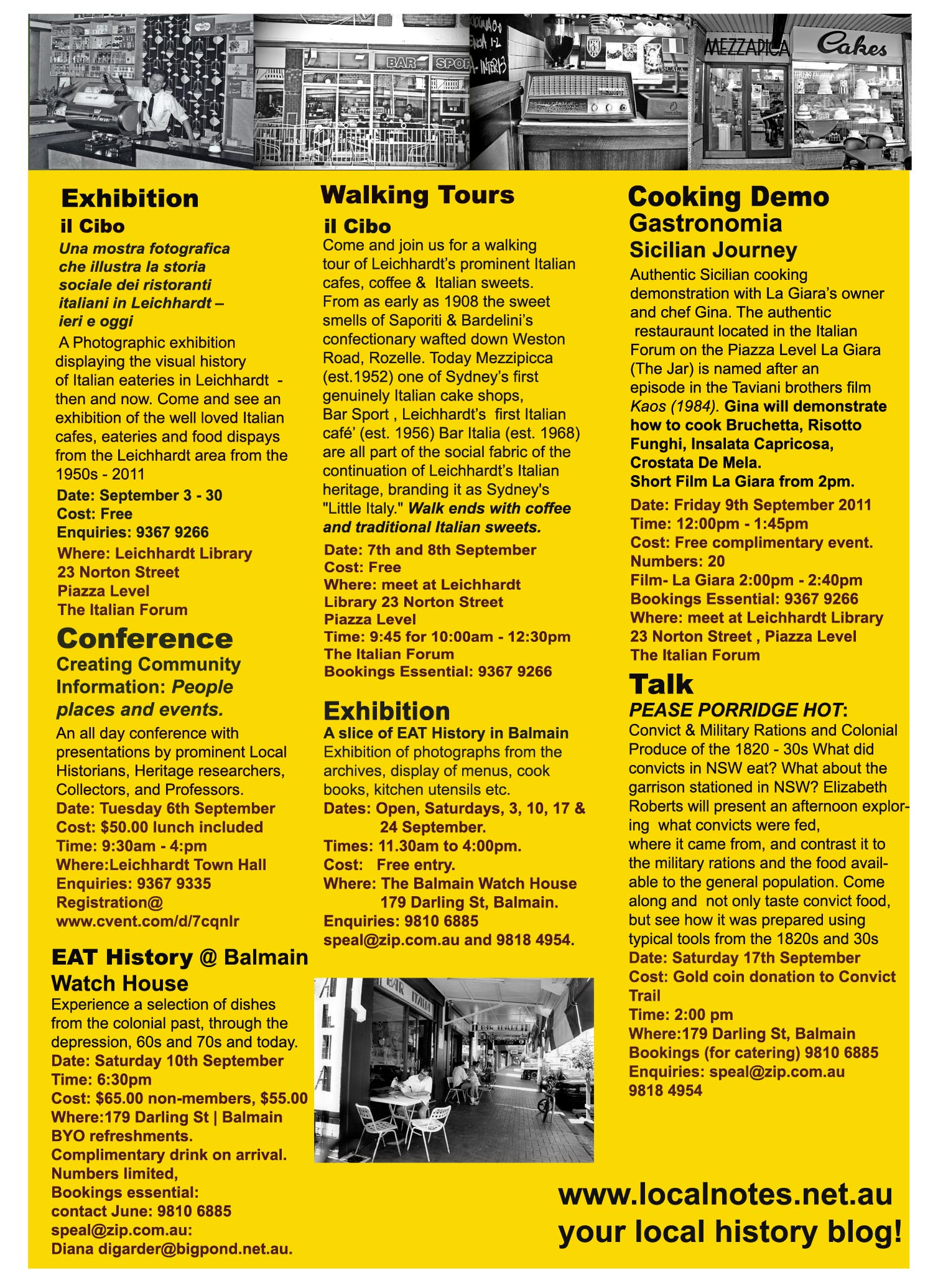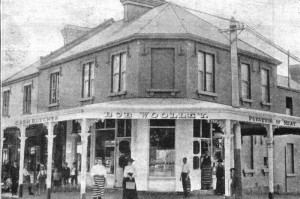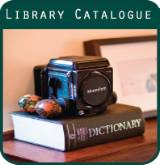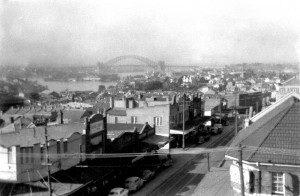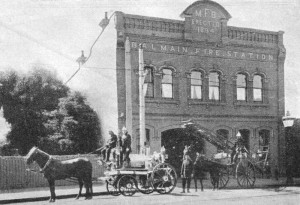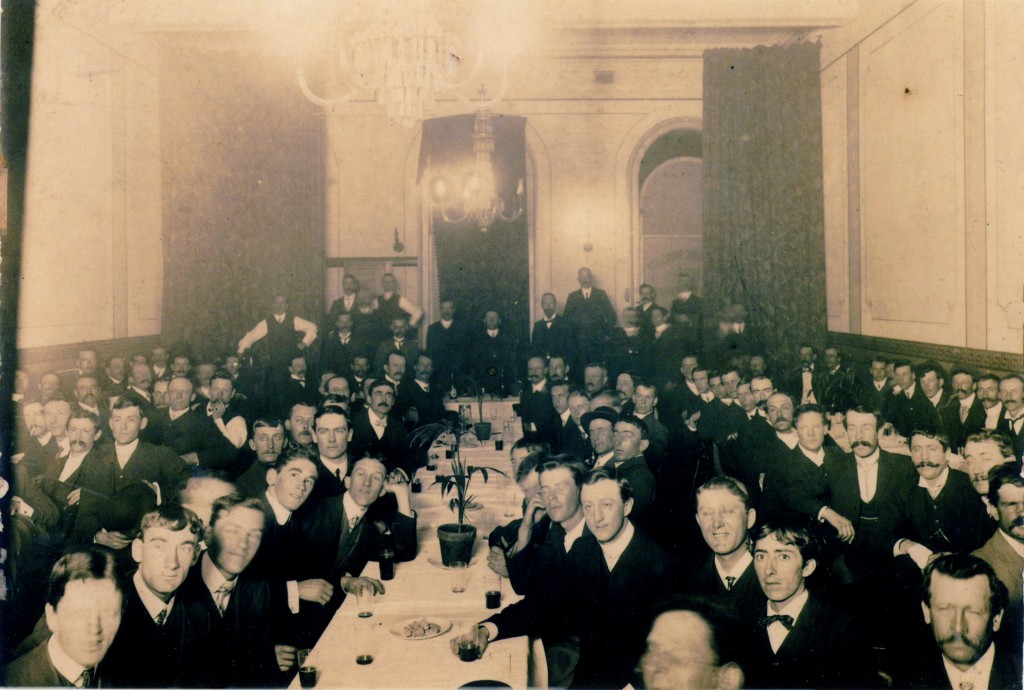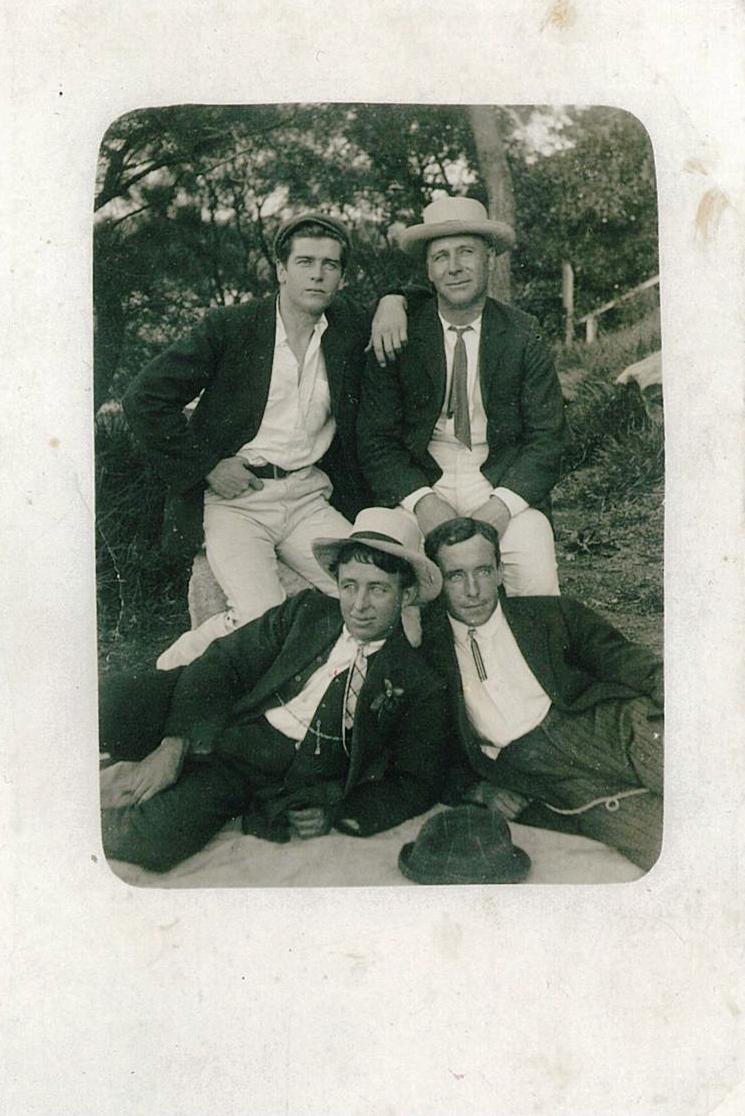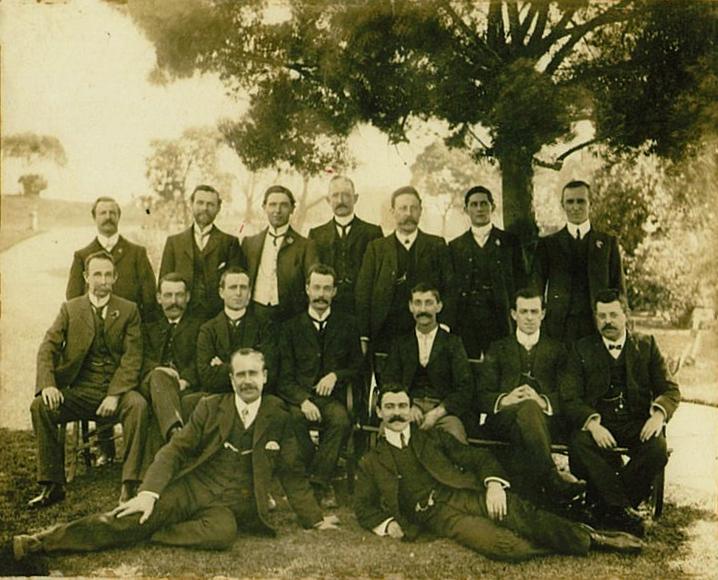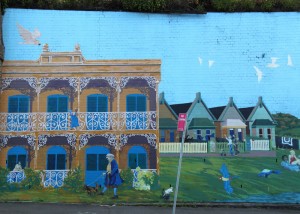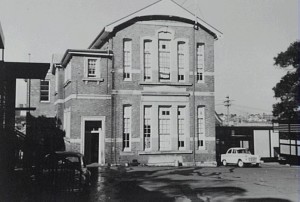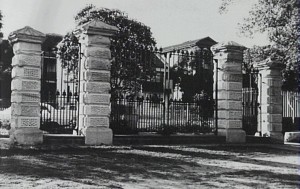Well what a week of some great events with over 140 people attending over five days. With the theme this year being EAT we invited you to EAT History as we delved into the Edilble, Appetising and Tasty bits of history of Leichhardt. We needed to look no further than the major contribution that the Italian Families, locally run Italian eateries, delicatessens, fruit shops and butchers both historic and current which have contributed to the culinary landscape of Leichhardt. Il Cibo a photographic exhibition paying homage to some of Leichhardt’s great cafes and fine food outlets is on until September 30th, so make sure to pop down to the Italian Forum on the Piazza Level for a viewing. Featured in the exhibition is the renowned Mezzapica patisserie which opened in 1952, still in the family it continues to offer traditional Italian biscotti such as Napoli, Mandorlati, Croccantini, Florentine, Amaretti and Mostaccioli to name a few. Around 1962 Mezzapica was considered the only place to go for Italian cakes, biscuits and pastries for all occasions. One of the great pictures in the exhibition is a hauntingly beautiful photograph of original owner Angelo Mezzapica standing next to a seven tiered wedding cake unique to that era. Other pictures include internal changes to the shop from the 1960s, 1970s and 1980s with a shot as it is today. Although freshly painted the heritage listed shop front has changed very little with its vintage signage preserved. The exhibition also displays the patisserie La Fiorentina which once operated out of 508 Parramatta Road..which was a popular cake stop for locals in the 1960’s 1970’s and 1980s, offering a different but just as great range of Italian cakes and biscuits.
- .
The walking tour
Both History week walking tours were marvelous fun. Walk one which featured Mezzapica as the main stop was led by Sicilian born Mauricio Bruno from Siracusa who shared a wealth of knowledge about Italian food more notably the traditional Sicilian recipes that can be found in traditional restaurants like La Giara in the Italian Forum. Walk two featured the lovely Italian tunes on the piano accordian by musician Libero Osorio, this walk featured a fantastic cake shop, patisserie and deli..Locantro Fine Foods tucked away in Catherine street. Run by two generations dynamically combining what was a well known delicatessen with what is today a thriving hot spot for locals offering great coffee, quality cakes, patisseries and bread all made on site. Run by Franca and Vitorrio originally from Abruzzi and Salina in Italy along with their two sons Patisserie chef Pino Locantro and Adriano Locantro. For a copy of the walking tour click here
A bit of Background…so how did Leichhardt become so Italian?
By the 1930s, things Italian began shifting towards Leichhardt, and in the post war era, Leichhardt quickly surpassed Balmain and Glebe in Italian character and became Little Italy as it is known as today. In the broader Leichhardt municipality Italian business changed from being dominated by specialist trades such as mosaic layers and stonemasons in the late nineteenth century, to predominately food related retail especially fish shops and green grocers in the early decades of the early twentieth century. The post war period has seen the suburb of Leichhardt particularly, as well as the broader domain of Leichhardt Council became an established Italian business area, encompassing real estates, travel agents, law firms, clothing shops, restaurants and cafes. In 1976, there were 176 Italian businesses operating out in Leichhardt.
For more information o the growth of the Italian community and businesses in Leichhardt click here for a paper by Widhyastuti, I
PERCEIVED ETHNIEHUB:
SUBURBAN LAND DEVELOPMENT AND MIGRANTS’ PLACE-MAKING
For More History Week Events visit here

